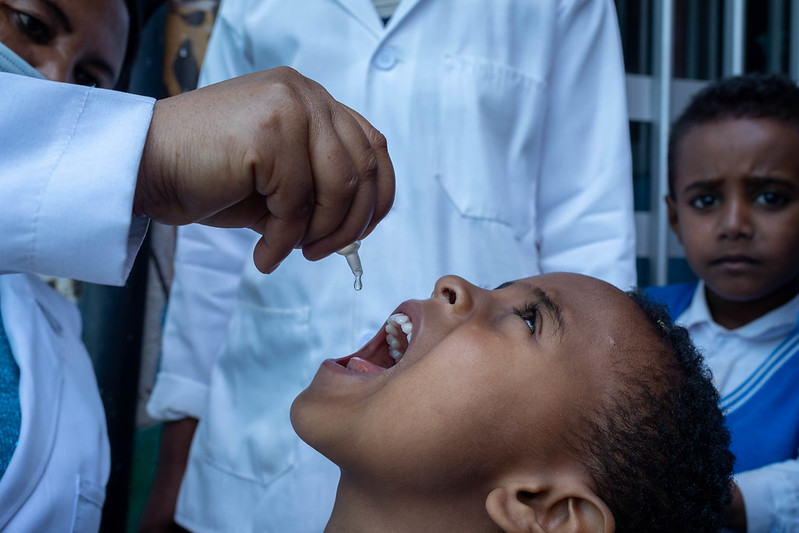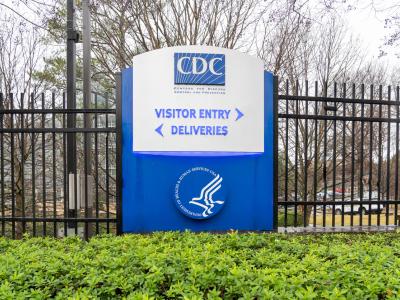A population-based cohort study in the United Kingdom found that penicillin allergy labels are common, and that patients with penicillin allergies are more likely to receive alternative broad-spectrum antibiotics and have a higher risk of adverse events, researchers reported yesterday in the Journal of Infection.

Using the IQVIA Medical Research Data UK database, a team led by researchers with the University College of London examined the incidence and prevalence of penicillin and other antibiotic allergy label records among UK adults from 2000 through 2018. They also looked at the characteristics associated with receiving a penicillin allergy label and compared the risks of resistant infections and adverse events between patients with and without allergy labels.
Of the 2,393,072 patients at general practices who received a new penicillin prescription during the study period, 15,377 received a penicillin allergy label and 2,342,298 had no allergy recorded. The incidence of penicillin allergy label records gradually increased, from 0.22% in 2000 to 0.46% in 2004, then decreased over the following 10 years to 0.2% and remained below this level until 2018. Prevalence increased from 4.77% in 2000 to a peak of 8.25% in 2011, then reduced to 7.59% by 2018.
Older age, being female, living in less deprived areas, belonging to a larger general practice, and having co-morbidities were associated with a higher chance of receiving a penicillin or other antibiotic allergy label.
Increased risk of resistant infections, adverse events
Patients with antibiotic allergy labels were more likely to receive alternative broad-spectrum antibiotics, including clindamycin (incidence rate ratio [IRR], 5.99; 95% confidence interval [CI], 4.31 to 8.33) and macrolides (IRR, 5.69; 95% CI, 5.49 to 5.89) and had a higher risk of infection with methicillin-resistant Staphylococcus aureus (hazard ratio [HR], 1.21; 95% CI, 1.01 to 1.55) and Clostridioides difficile (HR, 1.66; 95% CI, 1.28 to 2.15).
"Penicillin allergy is a common contraindication to the use of this critical class of antibiotics, forcing clinicians to use alternative treatments, and putting patients at increased risk of AMR [antimicrobial resistance] or adverse effects," the study authors wrote. "Access to penicillin allergy de-labelling services is vital to ensure patients are not denied penicillin treatments unnecessarily."
.jpg)
















